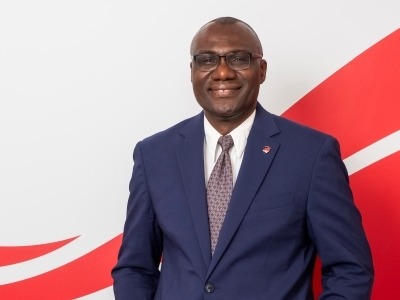♫ ♫♫… Please hold…all of our agents are currently busy…your call is in priority sequence… ♫♫ ♫
The interminable dance of changing a cell phone plan leads inevitably to another hold, then more muzak, then some more. You’re locked in a battle of attrition with an instrumental version of James Blunt’s only hit, and there’s a good chance Blunt’s going to win this round.
“When you call telecommunications companies, trying to set up a phone or figure out which service you want, you might get redirected what feels like a thousand times,” says Sara Fortier, a 2012 graduate of Carleton’s Master’s of Design.
“That experience affects your perception of their brand. I’ve always been really passionate about trying to understand that.”
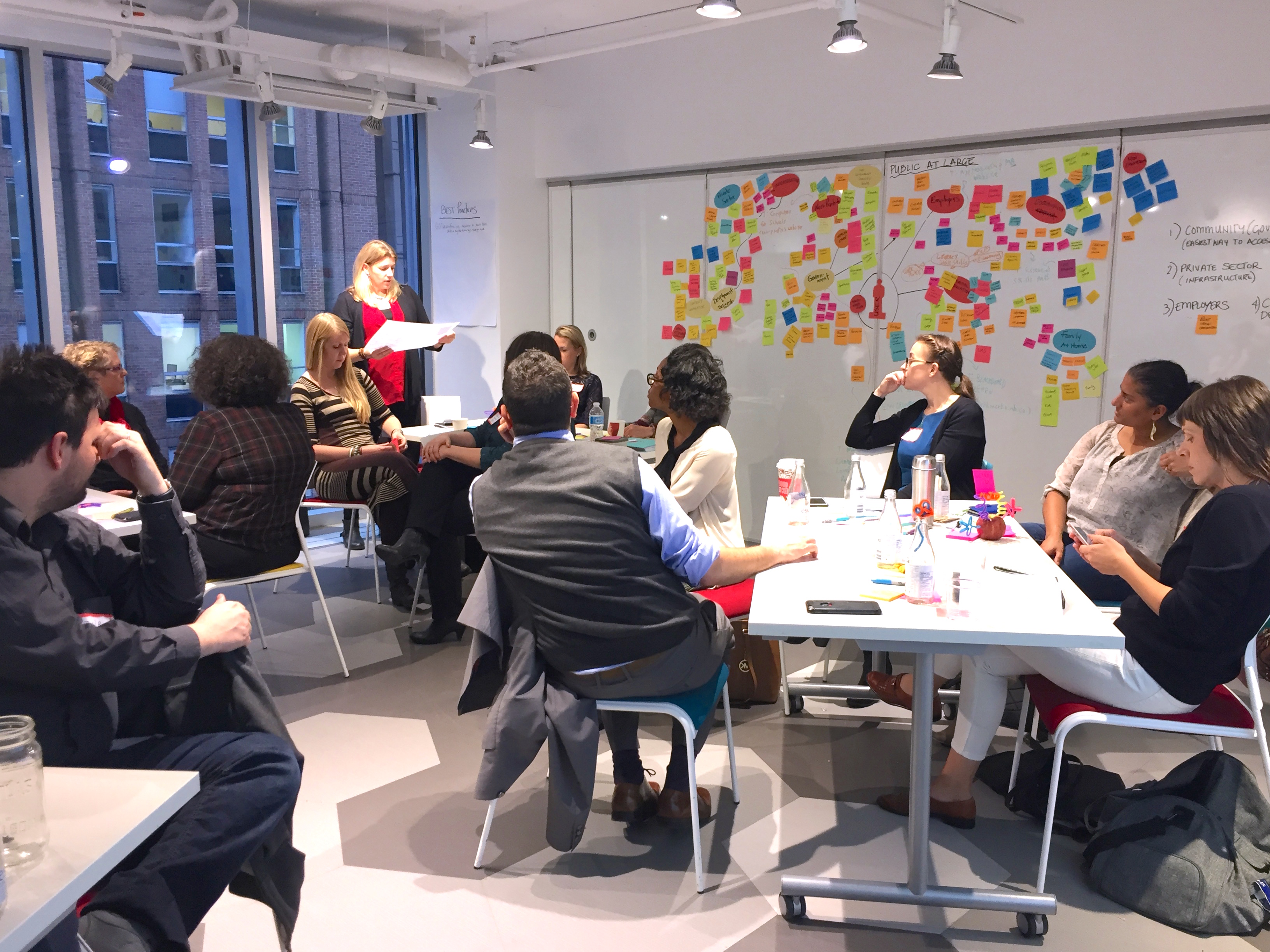
Photo taken at a design workshop Sara Fortier put on for Employment and Social Development Canada.
In her research, Fortier explored approaches to user experience in service delivery through interviews with founders of major design firms like IDEO, Ziba Design and Adaptive Path. That work led to a four-year stint in California as the User Experience Director for a top media company. There, she honed her approach to human-centered design which drives all client work at Outwitly Inc, her design strategy consulting firm.
“The master’s degree opened so many doors because I was learning all these research methods on human-centered design and the processes of applying design methodologies to more than just products. Design trains your brain to find new ideas for improvements, but it’s always been applied to things. This master’s teaches you to apply that process to organizational problems like service design. We ask questions like how will customers interact with an organization over time? What are the touch points they interact with? What are their biggest pain points? How can their experience be improved?”
 Işınsu Sakalli is putting her design research skills to work with Ottawa e-commerce company Shopify, where she researches user experience to identify customer problems.
Işınsu Sakalli is putting her design research skills to work with Ottawa e-commerce company Shopify, where she researches user experience to identify customer problems.
“I learned a lot about how to interview people,” says Sakalli, who came to the Master’s of Design interdisciplinary program via an undergraduate background in biology and philosophy, followed by work at a small tech company, where she developed an interest in design.
“How to analyze and do background research. To make sure everything is logically coherent and well-communicated. I mainly work with how people interact with the platform. The program taught me about the design process. I can better collaborate with designers, and know what information that they’re looking for. I gather and analyze information through interviews, and let the team know, so they can make decisions with better knowledge of customers’ needs. So they’re not like ‘oh we should do this’, when the customers don’t actually have this problem as much as they have another problem. So we know what to prioritize.”
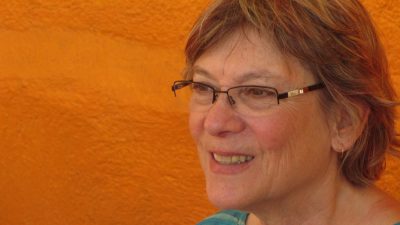
Prof. Lois Frankel
Designers take an iterative, non-linear approach to problem-solving that’s well suited to collaborating to solve complex challenges. And complex challenges are something we have an awful a lot of these days, so design thinking has become a buzzword, even outside the world of design.
“It happens that we’re at a time where this design-based approach to business strategy is spreading,” says Lois Frankel, the program’s coordinator.
“It’s the natural approach that designers are trained to take, but has benefits to other fields in terms of our ability to understand and operate with a human-centered focus. It can be a product, service, interactive app, or environment. What’s interesting is the approach designers take to problem-solving in terms of empathy with users. We call it user-centered. And we don’t just solve a problem with one idea, but multiple, good ideas. None are perfect. All have strengths, and all have challenges.”
Rob Watters brought a wealth of commercial industrial design experience to the program. A 1994 graduate of the Bachelor of Industrial Design program, Watters now co-instructs an undergraduate course, and works with Ottawa’s DW product development on projects that have included redesigning football helmets to reduce concussions.
For Watters, the program built his skills in service delivery design.
“It opened my eyes to design as a service. Typically, I work with physical products, but the design studio course allowed us to work on identifying problems in program delivery for Employment and Social Development Canada (ESDC).”
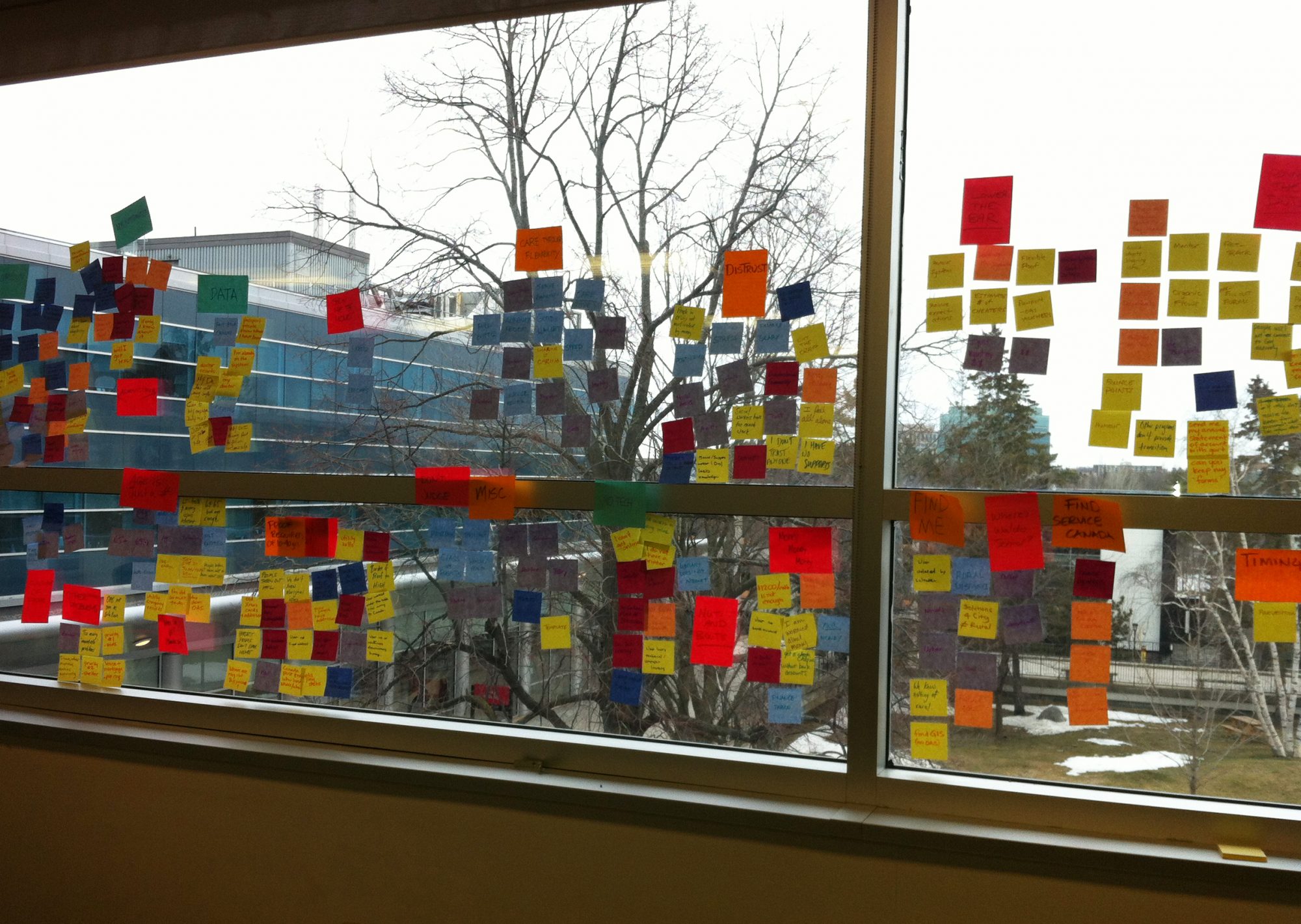
Photo taken by Rob Watters at an in-progress insight generation technique called an Affinity Diagram that helped organize ideas and generate insights from collected data to generate insights that would lead to better financial service provision for elderly Canadians.
When Ontarians receiving Ontario Disability Support Program benefits turn 65, they stop receiving cheques from the Government of Ontario, and should start receiving Old Age Security and Guaranteed Income Supplement from ESDC. But sometimes they don’t. Vulnerable people who frequently change addresses or haven’t recently paid federal taxes are less likely to be notified of the need to apply.
“All of a sudden, it’s expected to be picked up by the federal government, just from month-to-month — which is how many of these people are living. Transitioning from one side of that 65 barrier to the other can mean they lose their income. ESDC and Ontario try to make links, but there’s a disconnect. By visually mapping this out and tracking users’ interaction with these systems, potential disconnects that may affect people can be better identified. They hadn’t quite thought of it that way, and we brainstormed solutions to the problem.”
For Jed Looker, a professor at Algonquin College, the Master of Design program was an opportunity to upgrade his academic credentials.
“Years ago I completed a college graphic design program—the same one I’m teaching in now. That was in the 1990s and it landed me a job designing user interfaces for interactive TV. I worked as a user experience designer for over a decade, and it wasn’t until I started teaching that I re-examined my academic credentials.”
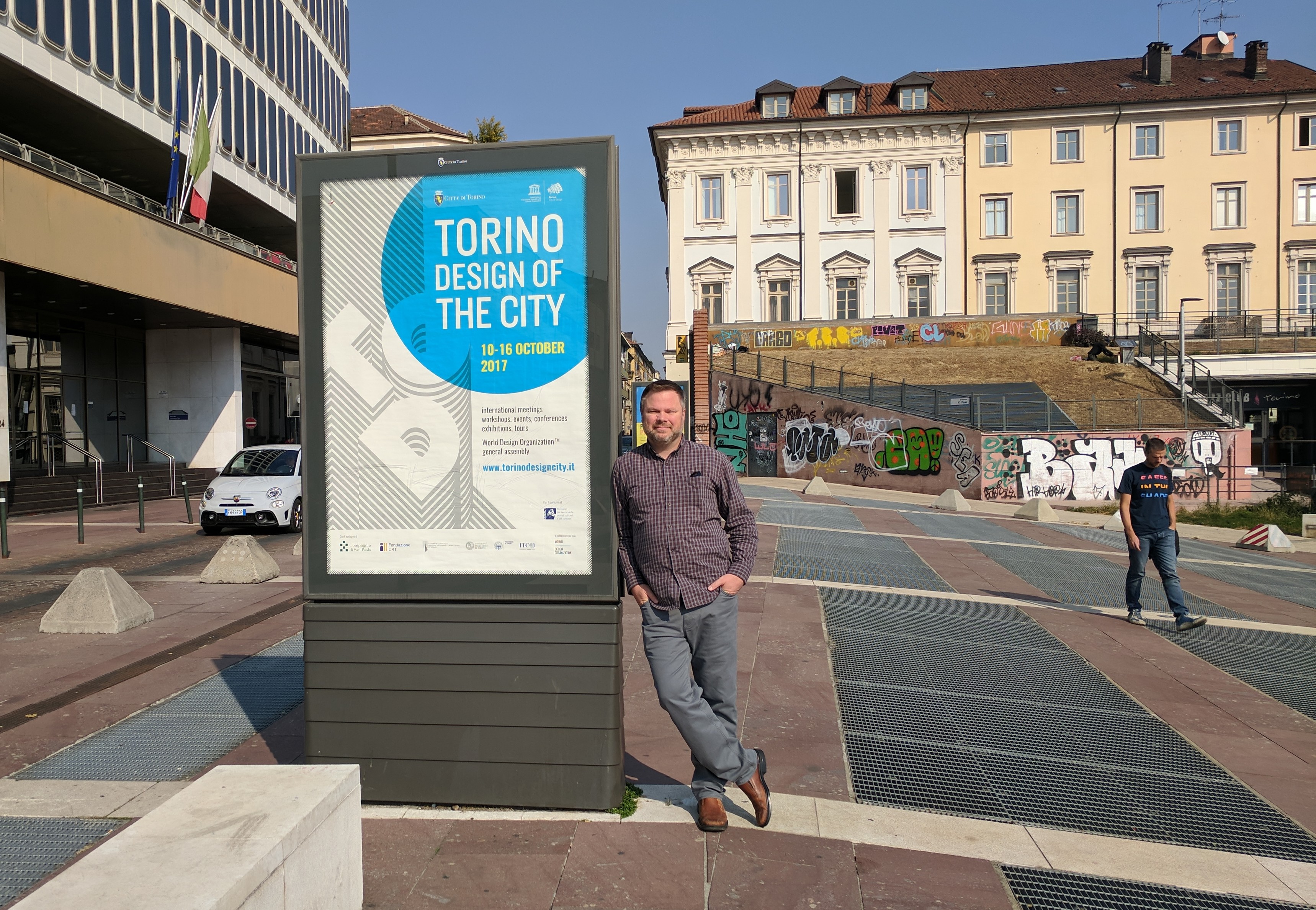
Jed Looker in Torino, Italy where he presented his research at the WDO General Assembly.
Looker researched sustainability in design school curricula in Canada, and presented his findings at the World Design Organization General Assembly in Italy. He credits his thesis supervisor Dr. Thomas Garvey as being critical to the success of his research, and the Master of Design program with expanding his theoretical knowledge of design.
“I was a very applied person,” Looker says.
“I was the guy building and making. Having two years to step away and have critical conversations, to look at my discipline more holistically—there’s a lot of value in that. It provided me a new perspective of design. You have practitioners focused on the creation and deployment of product and services, and researchers who frame and examine project contexts, strategies and outcomes.”
You can find out more about Carleton’s Master of Design program by clicking here.
—The above story was written by Ty Burke
Wednesday, December 12, 2018 in Alumni, News, Programs
Share: Twitter, Facebook
